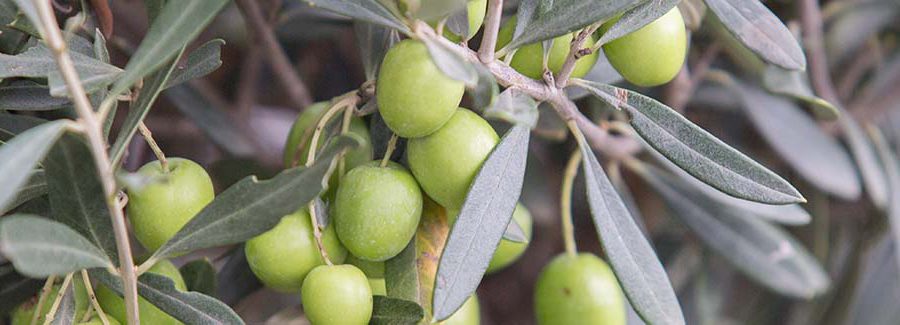
In the lands of the Carolea di San Pietro a Maida, there are olive-growing pachyderms dating back to two to three thousand years ago, similar specimens can be admired, still remaining in Calabria, also in Villapiana di Sibari, in the Garga valley in Saracena, in Cassano Jonio, in Capo Spulico, in Amendolara, in Gerocarne, in Marina di Strongoli, in Mesoraca etc. In the “Frassa” area at the entrance to the crossroads that leads to Vena di Maida there are four majestic olive trees among the largest in the world, which were already there in the time of the Pharaohs; the Bini, recalls that of Plato in Athens, of the Strega in Magliano (Grosseto), with more than 10 m. of circumference, which agronomy specialists date back to a few centuries before the coming of Christ, (therefore older than that of the Garden of Gethsemane), which is estimated to be more than 2000 years old. Caruso recalls that in the Gioia Tauro plain there are specimens that reach 22 meters in height and even more, sometimes exceeding 5 quintals of product per plant; on the hill of olive trees of the former fiefdom of Maida and in Gerocarne there are thousand-year-old cyclops of 8-10 meters in circumference, capable of producing almost 6 quintals of olives a year. Five to six people are needed to hug the stem.
Of course, to achieve these records the oil needs a temperate climate, without strong temperature changes, a temperature that does not fall much below 5°C and a maritime climate or at most the middle and lower Mediterranean, in any case not mountain.
Not for nothing, it is rarely found above 500 m. above sea level and is indifferent to the nature of the terrain; However, it fears water stagnation and a lack of limestone, which predispose it to parasitic attacks and requires great care.
According to an ancient saying, the conditions for good growth are linked to the motto of the four “S“: solo, sole, sasso, scure (alone, sun, stone, axe):
– Solo (Alone): the olive tree grows better if it is alone and if it has around 30-35 m2. of land.
– Sole e sasso (Sun and Stone): the olive tree grows well in sunny soil, in fact thanks to its root system it can survive in extreme climatic conditions and in the presence of little water.
– Scure (Axe): the olive tree must be pruned at the right time intervals to remove unproductive branches, stimulate fruiting shoots and allow light to reach all the branches.
The body of the tree is often twisted, knotted and hollowed out by decay, with the basal part (log) more expanded, while its oval-shaped, shiny leaves are dark green on the upper side and silvery-whitish on the lower side .
The rind is rough, chapped tangentially on old plants, smooth and gray in young plants, during the development period.
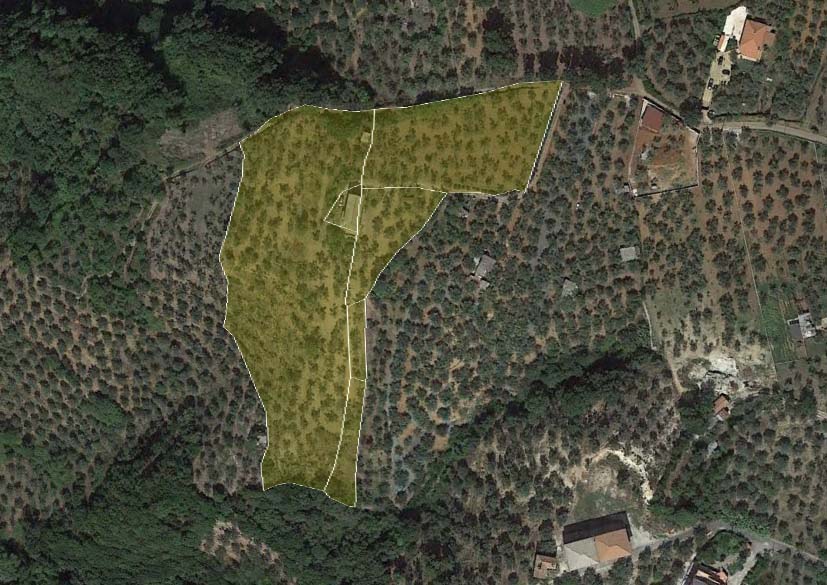
Approximately 1.5 ha of Carolea centuries-old olive trees located in the municipality of San Pietro a Maida.
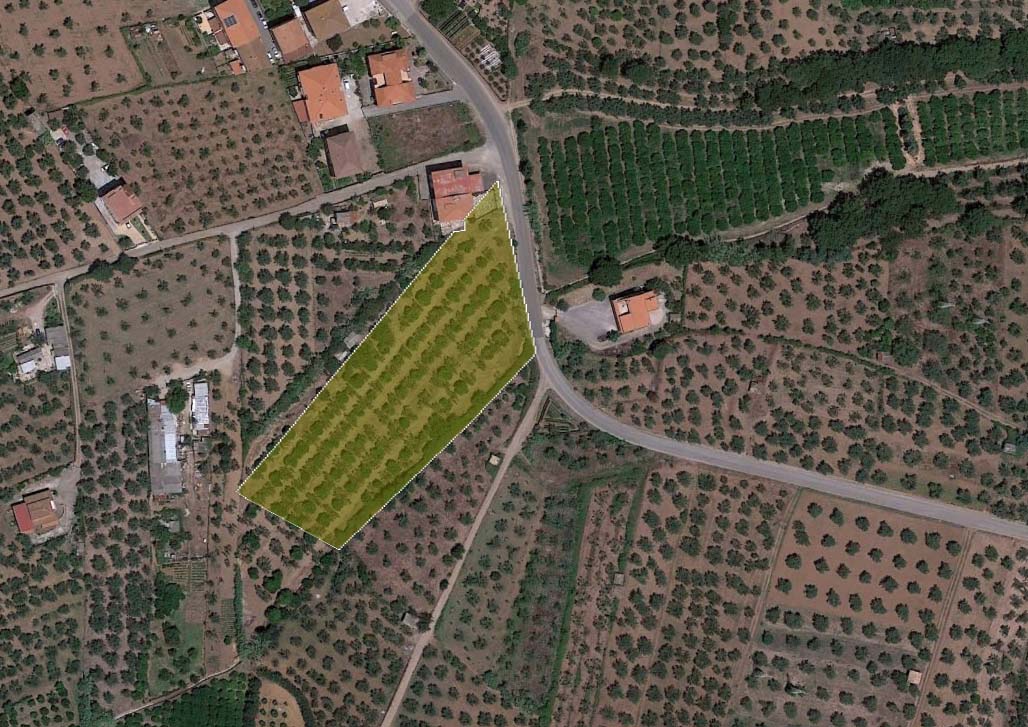
Approximately 1 ha of centuries-old olive trees located in the municipality of San Pietro a Maida.
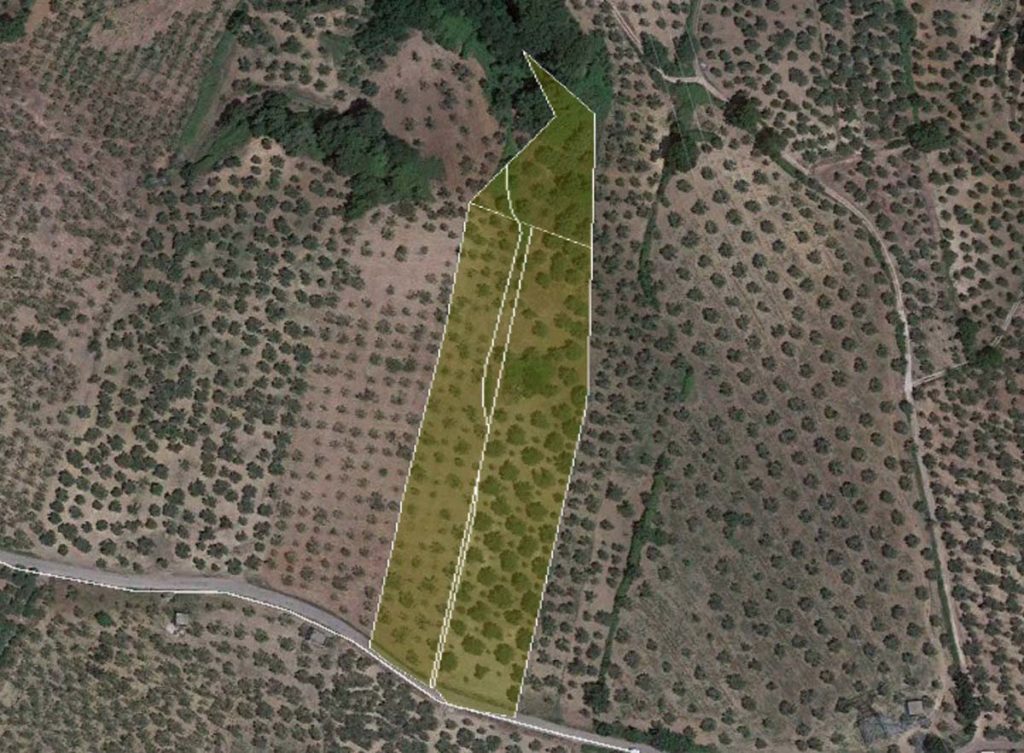
It is a high-value olive-growing estate for the company with an area of approximately 2 hectares. Located in the Municipality of Maida.
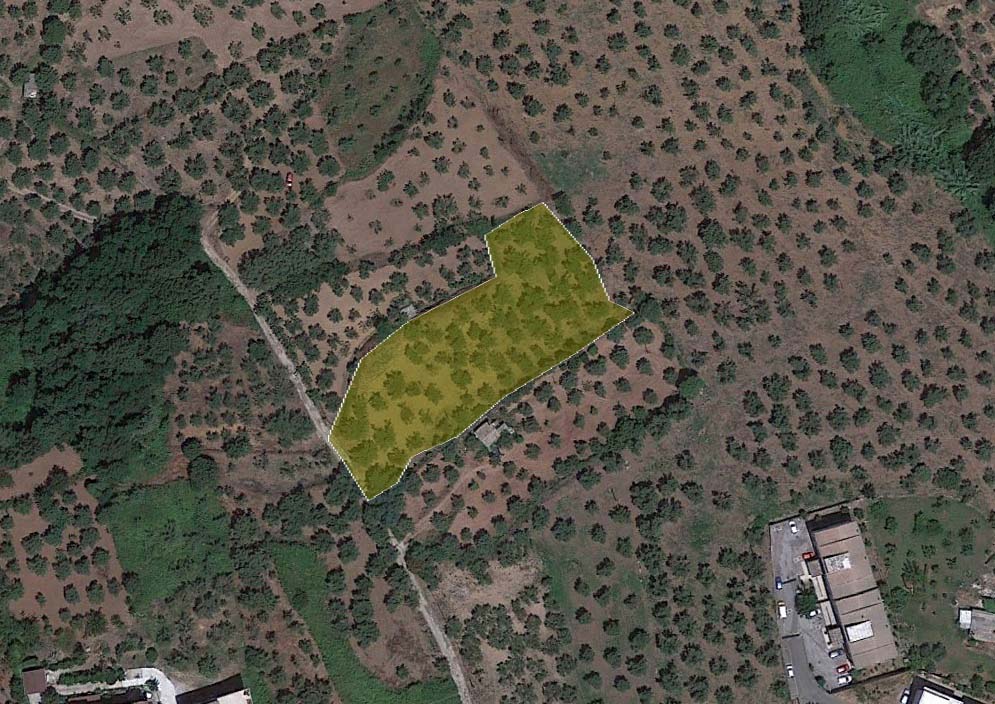
Approximately 0.5 ha of carolea olive trees located in the municipality of San Pietro a Maida
Soc. Agricola Le Terre della Carolea Srls
Via P. Sgrò 181 – 88025 – San Pietro a Maida (CZ) Italy
Infoline: +39 340 8128408 – info@leterredellacarolea.it
Iniziativa finanziata dal FEARS